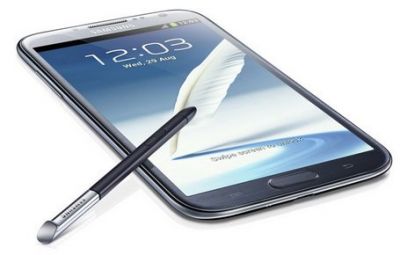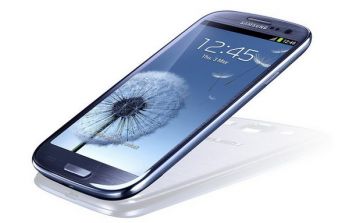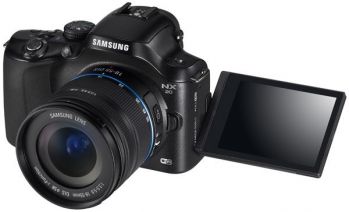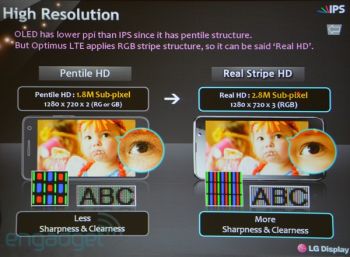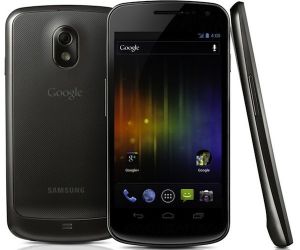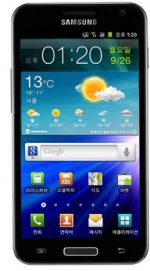Does the Galaxy Note 2 use Ignis' AdMo-p technology?
Yesterday I posted about the Galaxy Note 2 subpixl scheme, with the 5.5" 1280x720 HD Super AMOLED display featuring 267 ppi (with three subpixels per pixel). Our readers pointed out that the new scheme used in the Note 2 looks very much like Ingis Innovations' patented HR pixel structure (as part of their AdMo-p technology). This may explain how Samsung managed to get good enough lifetime at such a high PPI without PenTile.
![]()
Just as a reminder, here's how the Note 2 pixels are arranged. It's not exaclty the same as in the HR structure as the red and green sub-pixels have the same size. In any case:


